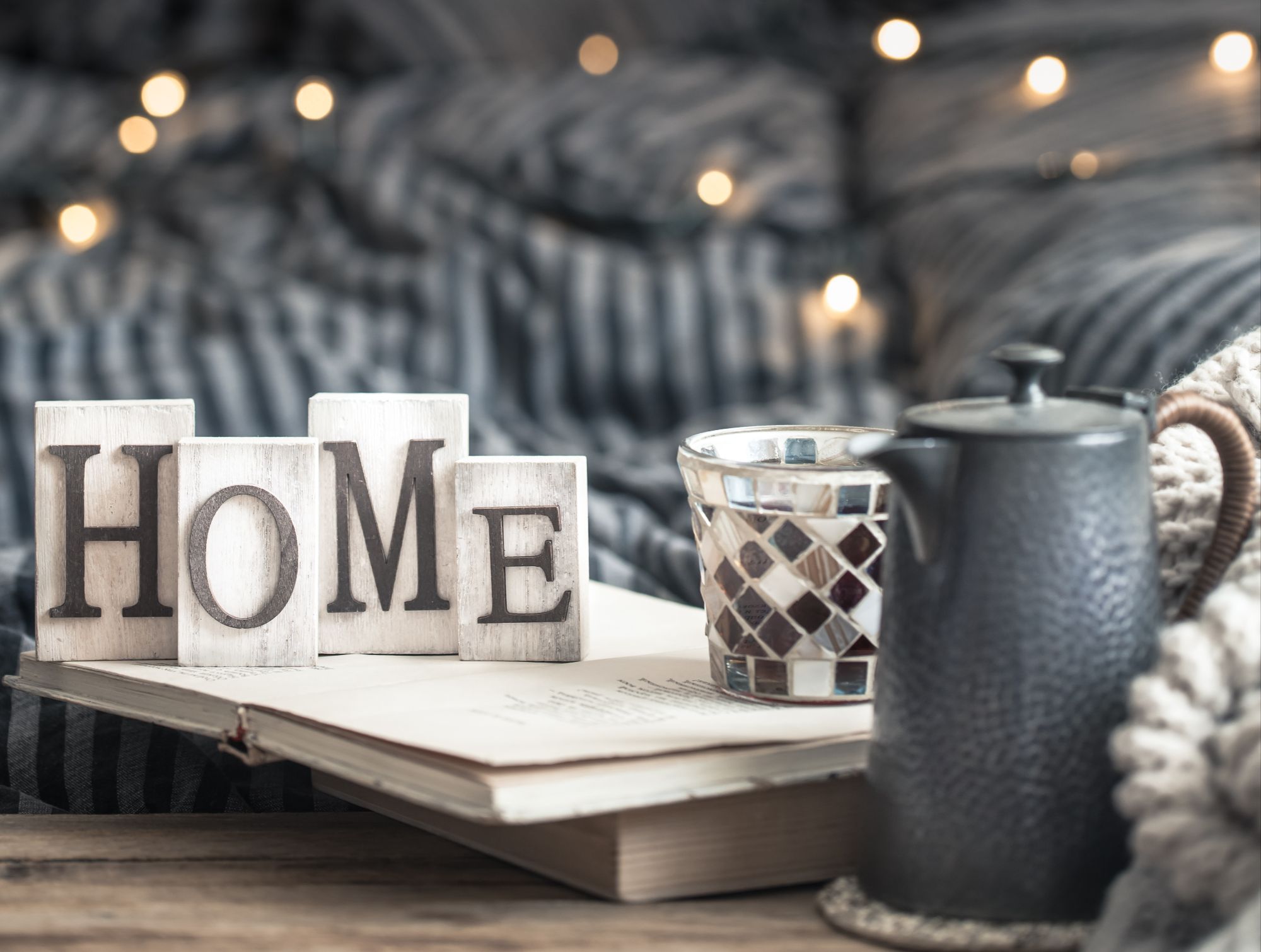The Power of Staging in Real Estate: Transforming Spaces for Optimal Appeal

When it comes to selling a property, first impressions matter. In the competitive real estate market, staging has emerged as an effective strategy to captivate potential buyers and maximize the value of a property.
Staging involves furnishing and decorating a home to highlight its best features and create an inviting atmosphere. In this article, we will explore the importance of staging, when to stage, reasons why you should consider it, and provide you with some valuable tips and recommendations.
Why Stage Your Home

1. Increased Buyer Appeal
Staging helps potential buyers envision themselves living in the space. By presenting a well-decorated home, you create an emotional connection and make it easier for buyers to imagine themselves calling it their own.
2. Highlighting Key Features
Staging allows you to showcase the unique selling points of your property. It can draw attention to architectural details, highlight the functionality of various rooms, and emphasize the potential of different spaces, ultimately adding value to the home.
3. Better Online Presence
In today's digital age, the majority of buyers start their property search online. Professionally staged photos can significantly enhance the online presence of your listing, attracting more potential buyers and generating increased interest.
When to Stage Your Home

While staging is not a necessity for every home, it can be particularly advantageous in the following scenarios:
1. Vacant Properties
Empty homes can often appear dull and lifeless. Staging can fill the void, creating warmth and showcasing the potential of each room. By adding furniture and decor, you provide a frame of reference for buyers, helping them visualize the possibilities.
2. Outdated or Cluttered Spaces
If your home features outdated fixtures or is cluttered with personal belongings, staging can help divert attention from these issues. By showcasing a more modern and clean aesthetic, potential buyers can focus on the positives and see the property's potential rather than its current state.
3. Unique Layout or Purpose
Some homes have unconventional layouts or unique spaces that buyers may find challenging to imagine utilizing effectively. Staging can help define these areas, giving buyers a clear understanding of how they can be used, thereby increasing their appeal.
Tips for Effective Staging

1. Depersonalize and Declutter
Remove personal items, family photos, and excessive clutter. This helps potential buyers envision their own lives in the space and prevents distractions.
2. Neutralize Color Schemes
Opt for neutral colors on walls and in decor, as they appeal to a broader range of buyers. Neutral tones create a blank canvas, allowing buyers to visualize their preferred color choices.
3. Highlight Key Selling Points
Identify and accentuate the best features of your property. Whether it's a beautiful fireplace, stunning views, or spacious rooms, ensure they take center stage during the staging process.
4. Consider Professional Assistance
While staging can be a DIY project, hiring a professional stager can provide a fresh perspective and ensure you achieve the desired impact. They possess the expertise to transform spaces effectively and create a cohesive, inviting environment.
Final Thoughts
Staging your home can significantly impact the selling process, attracting more buyers and potentially increasing your property's value. By thoughtfully decorating and arranging each room, you create an inviting atmosphere that allows potential buyers to envision themselves living in the space. Remember, staging is not just about making your home look pretty; it's about strategically presenting your property's best features and maximizing its appeal. So, whether your home is vacant, cluttered, or needs a modern touch, consider staging as a valuable tool to help you achieve a successful sale.
Categories
Recent Posts










GET MORE INFORMATION


